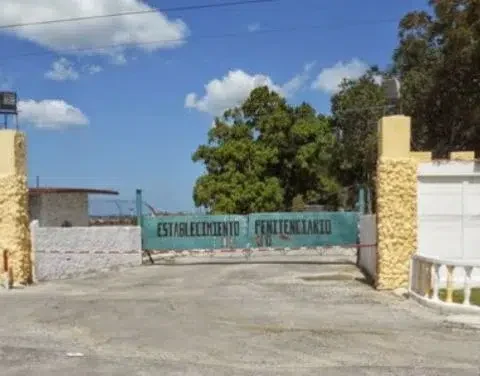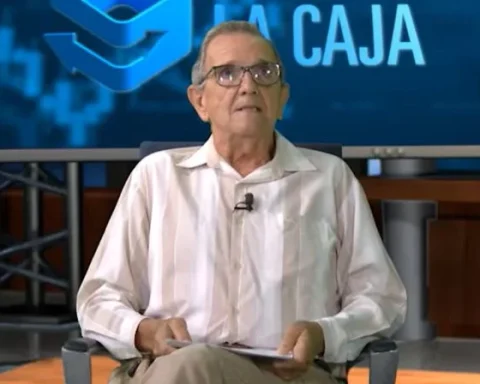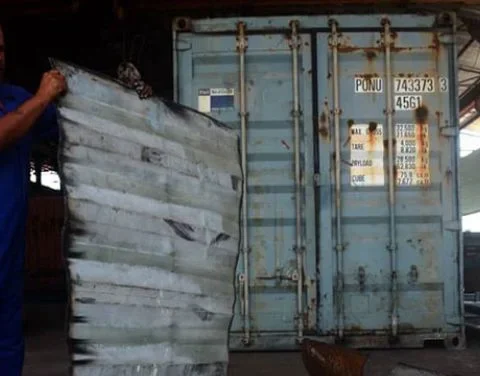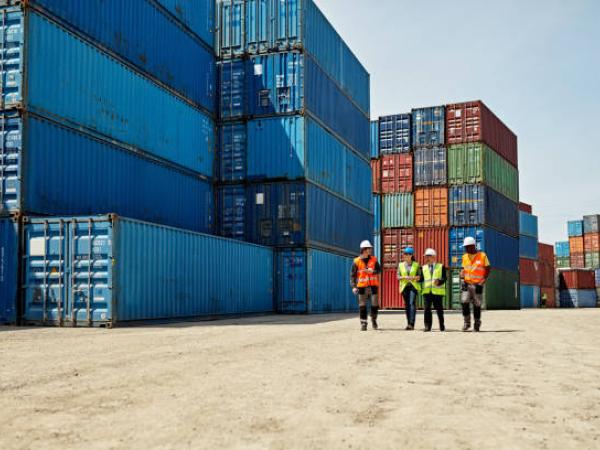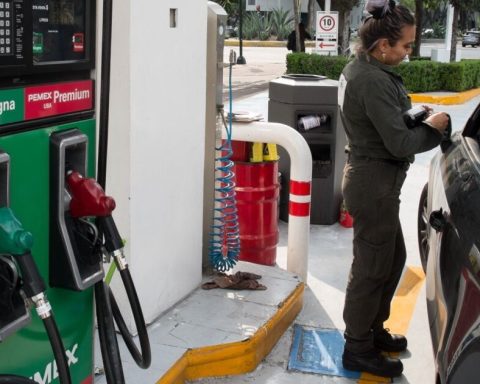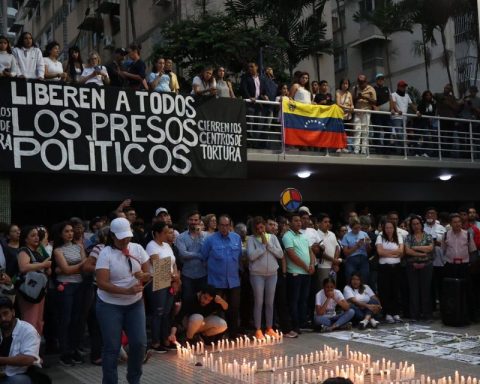HAVANA, Cuba – The 2024-2025 coffee harvest begins in September. It is unlikely to reach 10,000 tons. In 1961, Cuba harvested its largest production ever with 60,330 tons of green coffee, which has fallen to 8,000 tons since 2011. Cuba exported more than 20,000 tons of coffee beans in the mid-1950s. Currently, it should import about 8,000 tons to complete domestic consumption.
Santiago de Cuba It is the largest coffee producing province in the country (mainly its municipalities Tercer Frente, Segundo Frente, Palma Soriano, Contramaestre, San Luis and Santiago de Cuba itself). The province of Guantánamo (especially its municipalities of El Salvador, Yateras, Maisí and Songo-La Maya) follows. Together with Granma and Holguín, these two provinces account for 90% of the total coffee produced on the island.
In the central region, Sancti Spíritus, Cienfuegos and Villa Clara produce 7%, and in the west, the provinces of Artemisa and Pinar del Río produce 3%. In the last five years, the government has promoted the “Coffee in the Llano Program” in Matanzas, Isla de la Juventud, Mayabeque, Ciego de Ávila, Camagüey and Las Tunas, which recall the failed coffee plantations in the outskirts of Havana in the 1960s.
In the past, the aroma of coffee floated in the mornings. With the French farmers, who fled from Haiti In the mid-17th century, coffee reached the western plains of Cuba and settled permanently in the mountains of the East in the 19th and early 20th centuries. But the 1959 Revolution came down from the mountains to eradicate all “the vices of the past.”
The decline in coffee production on the island stopped when it reached 8,220 tons in 2018. The impossibility of supplying the monthly quota of four ounces of coffee mixed with peas while exporting the excellent quality bean, led the Government to establish a plan for 30,000 tons by 2030.
Reviving coffee production is an agonizing mission. The coffee plantations have aged and have not been renovated for decades. Discouraged by precarious living conditions and low wages, farmers have come down from the hills where the coffee was grown.
To top it all off, in 2018 came the period of so-called “continuity”, which has already surpassed the Special Period. The scarcity of resources, the exodus of the population, the discouraging prices, the poor condition of the drying sheds, roads and camps to house the workers, the need for better cultural care for the plantations, the inclement weather of cyclones and droughts, the COVID-19 pandemic in 2020 and the disastrous Task Sorting have hampered efforts to revive coffee production.
Young Cubans are no longer in the habit of drinking coffee because the monthly fee has become quarterly or indefinite. Good Cubita, Turquino and other national coffees are hard to find. In the MSMEs, brands from the United States, Colombia, Brazil and other Latin American countries are sold at high prices.

